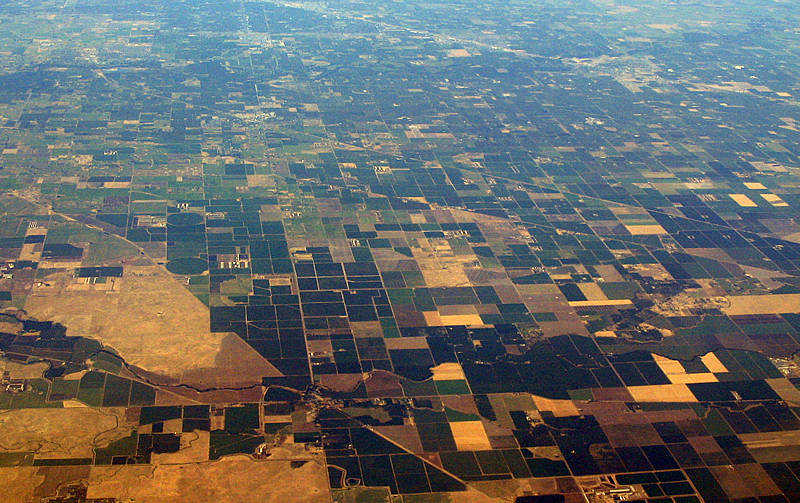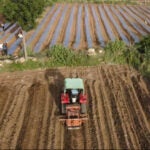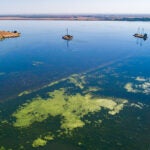
As California and the broader Western U.S. brace for an increasingly unpredictable water future, the release of the 2024 Annual Multibenefit Land Repurposing Program Report underscores the viability of land repurposing as a key climate adaptation strategy. California’s Multibenefit Land Repurposing Program (MLRP) plays a vital role in facilitating the transition of irrigated agricultural land toward uses that reduce groundwater demand while providing community and environmental benefits. Launched by the Department of Conservation (DOC) in 2022, this program is strategically focused on shifting irrigated agricultural land toward uses that reduce groundwater demand while delivering community and environmental benefits.
In just two years, MLRP has awarded over $75 million in block grants to eight regions spanning 3.3 million acres, including more than 120 underserved communities. With more than 100 partner organizations involved, the program is gaining traction as a model for collaborative, locally driven land use planning in areas that are bringing groundwater use into balance.
Local leadership and a growing impact
From the start, MLRP has focused on broad, regional participation to ensure solutions reflect local needs, values and visions for the future. Grantees have leaned into inclusive engagement strategies, from public meetings to advisory groups, to help the program meet local needs. That inclusive approach is helping advance strategies that work for agriculture, communities and the environment alike. Here are some of the key program highlights included in the report:
- DOC awarded $8-10 million block grants to eight regions in the first two funding rounds, supporting work across 3.3 million acres and connecting over 100 partner organizations.
- Many grantees formed community advisory groups that included farmers, local residents, Tribal members and other interested parties — ensuring that the planning process reflects local priorities and directly informs project design.
- Block grantees led over 65 outreach events to engage regional stakeholders and build the foundation for project planning and implementation.
- Ten multibenefit land repurposing projects were approved in 2024. These projects, located in the Kaweah Subbasin, Tule Subbasin, Pajaro Valley, Salinas Valley and Madera County, are set to reduce groundwater demand and/or increase groundwater recharge while delivering additional community and environmental co-benefits.
- The Statewide Support Entity created five new planning and development resources and facilitated 11 learning events — including a full-day workshop in Merced County and a field visit in Tulare County.
The report highlights not only the emergence of funded projects but also the foundation laid by education, outreach and an inclusive planning process. The report was authored by the MLRP Statewide Support Entity — co-chaired by EDF and Self-Help Enterprises with support from Environmental Incentives — and includes contributions from grantees and DOC staff.
A model for managing groundwater sustainably
Achieving groundwater sustainability will require a portfolio of management actions, including thoughtfully balancing our agricultural water footprint. The multibenefit approach ensures this transition is not only strategic but also deeply beneficial to the regions most impacted. The leadership of growers, frontline communities, conservation organizations and Tribes in this planning process holds immense transformative promise.
With the San Joaquin Valley and other regions facing mounting water challenges, the MLRP is emerging as a key tool for managing land use transitions while supporting groundwater sustainability. Sonia Sanchez, a senior community development specialist, explains that “Repurposing irrigated farmland opens doors to vital new uses — like wildlife habitats, groundwater recharge basins, and solar energy installations — all essential tools in restoring our aquifers to sustainable levels.”
Interest in the program remains high, with funding requests far exceeding what’s currently available — underscoring the urgent need and broad interest in land repurposing solutions. Continued state investment, including timely allocation of approved state climate bond funds, is critical to sustain and scale this vital work.
The full 2024 Multibenefit Land Repurposing Program annual report is readily available in both English and Spanish.












